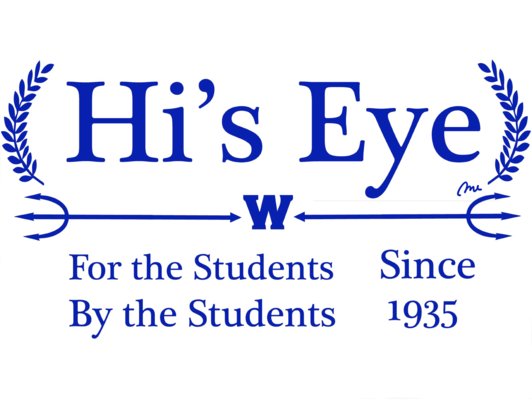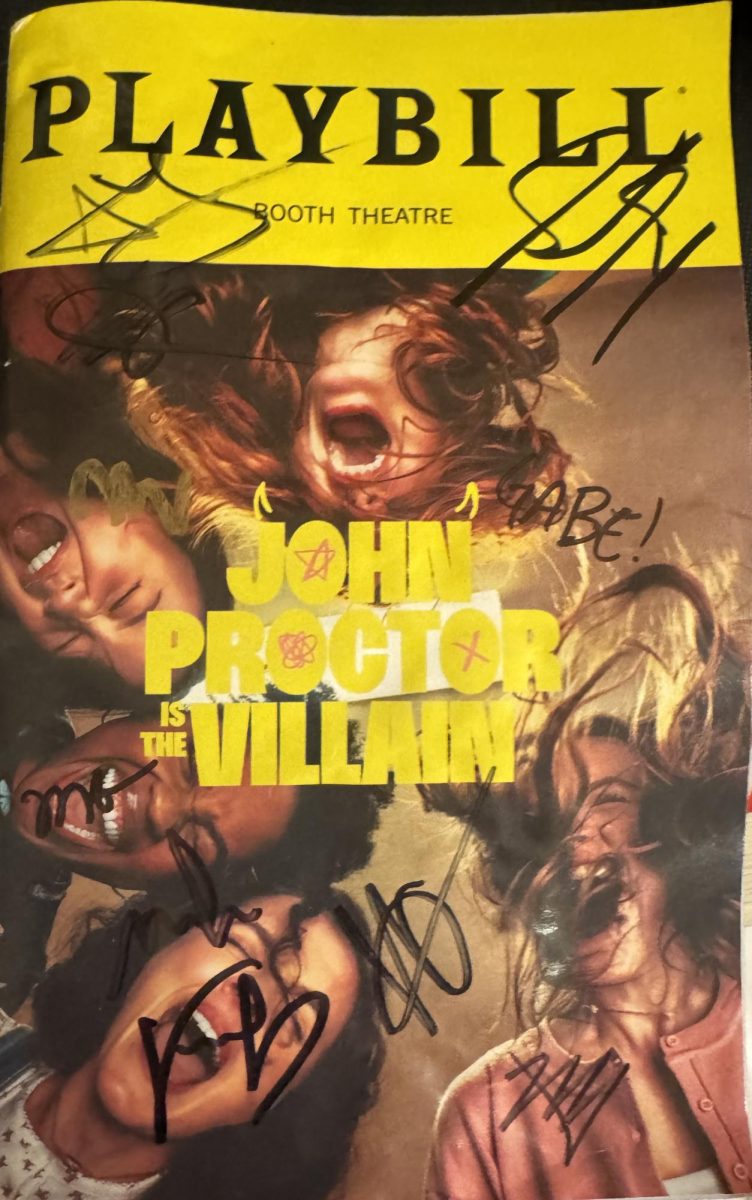John Proctor Is the Villain, a new play on Broadway, takes audiences on a journey through the complexities of adolescence and identity. It effortlessly combines humor and drama to create an entertaining and thought-provoking narrative that perfectly captures the high school experience.
The play, written by Kimberly Belflower, takes place in 2018 during the peak of the Me Too movement. It follows the journey of a high school English class in rural Georgia as they discuss Arthur Miller’s The Crucible, while also navigating the challenges within their friend group and the struggles facing their community. As an exploration of young adulthood, the play deals with a variety of issues centered around feminism, young love and identity.
Currently, the show is in previews, meaning that the actors still have time to refine their performances, making it even more impressive that the show was already so good. The actors were strong and the pick of Sadie Sink, best known for her role as Max Mayfield in Stranger Things, in the starring role solidified the acting prowess.
Sink’s performance as the protagonist was a standout, and her portrayal of a deeply troubled character was both vulnerable and powerful. The cast is relatively small, allowing for an authentic and intimate feel. Every decision by the actors, from the way their characters talked to the tone of their lines, felt intentional and helped build a layered and detailed picture of each character for the audience.
The dialogue felt natural, with conversations that could easily have been taken out of a real high school classroom. The cast had remarkable chemistry, and every other line was punctuated by bouts of audience laughter, mostly from just-niche-enough pop culture references or slightly inappropriate jokes. For example, one of the girls quoted Taylor Swift, and another mentioned Billie Eilish.
Equally realistic was the set, helping build the illusion that the audience was right there in the classroom with the characters. The walls were littered with English classroom signs, and the desks were the same ones used in most high school classrooms. The costumes also felt like they were pulled off of real high school students, with one girl wearing flare leggings and the guys wearing sweatshirts and sweatpants.
At times, the light-hearted nature of the show did take away from the emotional moments, ultimately making them less impactful. However, the humor elicited the feeling that the play didn’t take itself too seriously, emphasizing the themes of the show without feeling overly preachy. Overall, the balance between humor and seriousness was handled well, as the show gave the audience time to reflect while still maintaining the lively and relatable energy.
While the plot was somewhat loose, the themes of self-discovery and identity remained clear. The play’s willingness to embrace all aspects of adolescence, whether positive or negative, gave it a unique and resonant quality.
Our biggest issue with the show was that all the frequent references to pop culture boxed the show in by giving it a specific, and consequently small, audience. We were in that target audience, being teenage girls who have read The Crucible, but if we had not been in those demographics, we probably wouldn’t have enjoyed the show nearly as much nor understood some of the references. However, being centered around high school, this focus does contribute to the authenticity and relatability of the show for its intended audience.
Overall, the production is well done and delivers a powerful message. Despite its flaws, the authenticity and emotion of the show managed to shine through, resulting in a unique and unforgettable experience.


Erica • Sep 22, 2025 at 4:16 pm
Great review. I saw the show in August with my 30 year old son. We both loved it; both of us laughed along for much of it and teared up several times. It was wonderful to see the story refreshed through a feminist prism. A necessary correction to the original I would say. Where can I subscribe to your future reviews?